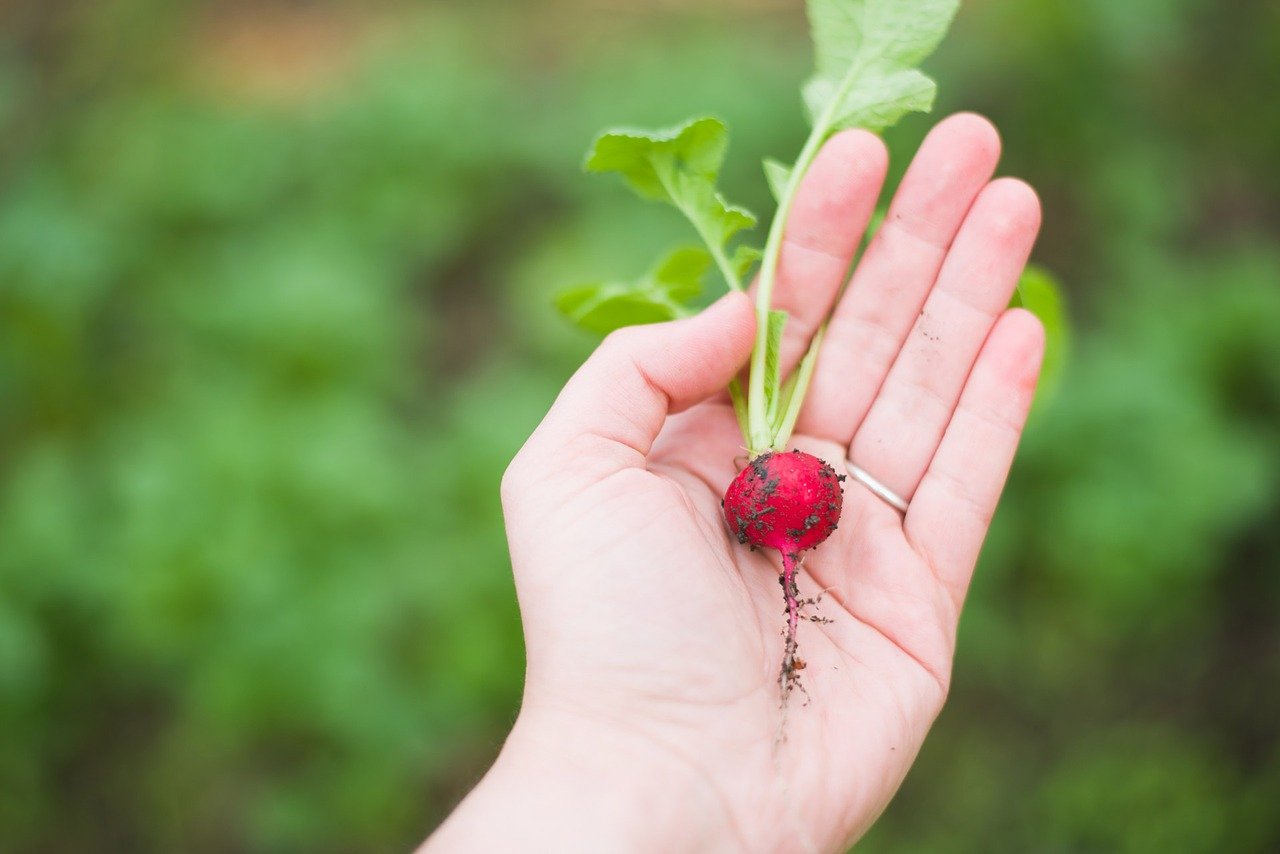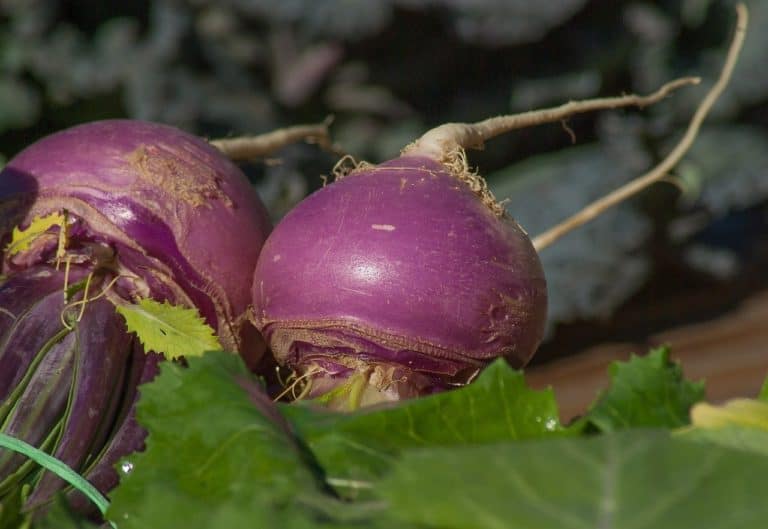12 Plants You Can Grow in a Tower Garden
Tower gardens have become all the rage for those keen on growing their own vegetables at home. This snazzy vertical design is perfect for anyone with little yard space or those fascinated by the wonders of aeroponic gardening.
Because tower gardens rely on a special nutrient-enriched mist, rather than soil, to survive, they provide a more eco-friendly alternative to traditional gardens requiring significantly more water and energy.
While not all plants are guaranteed to thrive in a tower garden, some tried-and-true favorites take exceptionally well to this vertical, dirt-free growing system. Below we’ve listed some of our favorite plants to get you started on your own tower garden. Best of all? You can eat them too!
Contents
1. Lemongrass

Besides its heavenly aroma, lemongrass can be used in countless dishes as well as in teas and homemade skincare. Lemongrass is easy to grow and tend to; you can even place a fresh lemongrass cutting in a glass of water until it sprouts roots, after which you can move it directly to your tower garden. (Just make sure to plant it towards the top.)
2. Garbanzo beans (chickpeas)

Whether you’re a sucker for homemade hummus or consider them a staple in your kitchen, garbanzo beans (also referred to as chickpeas) are the perfect candidates for your tower garden. Garbanzo beans can either be harvested and consumed fresh or dried and stored for later use.
3. Fennel

This licorice-flavored herb not only lends a decorative flair to your tower garden (thanks to their feathery tops) but can also provide a wonderful addition to many recipes and herbal teas. When allowed to go to seed and flower, fennel can help attract necessary pollinators such as butterflies and honey bees, the latter of which are currently shrinking in population.
4. Leeks

Although onions don’t typically take to tower gardens, leeks, on the other hand, have no trouble. With their milder, more delicate flavor, leeks are a pleasant alternative to onions, and are especially suited to cooler temperatures. It is recommended that you plant leeks towards the top of your tower garden; if you’re planting lemongrass, be sure to save some room.
5. Okra

A time-honored classic of Southern cuisine, okra is a delicious, sturdy vegetable that takes off in a tower garden. In fact, consider this your heads-up, as okra tend to multiply rapidly! (The good news is they store well in the freezer.) Okra only take about two months to be ready for harvesting but be sure to wear gloves, as most varieties have prickly spines that can sting and irritate your skin.
6. Pumpkins

The very symbol of autumn, it’s hard to resist the thought of a cheerful orange pumpkin greeting you from your tower garden. Pumpkins and other gourd varieties grow exceptionally well in aeroponic gardens, though it’s stressed that they should be placed towards the bottom and stay sufficiently watered. To ensure a crop by October, you will need to plant your pumpkins by midsummer.
7. Radish

Another fast-growing plant, radishes, can be planted and harvested within a month and are great for salads and snacks. The downside (if you want to call it such) is that they grow quickly and spread out just as fast, so make sure to harvest early to avoid crowding inside your tower garden. For the best flavor, plant your radishes in the late spring or early fall, as they are generally considered to be cool-weather plants.
8. Watermelon (and all types of melons)

Melons thrive in tower gardens, provided you keep them consistently–if not overwatered. Watermelons are the perfect summertime crop, however, and well worth the extra aqua. Like gourds, they are best planted towards the bottom of your tower, and be prepared to construct some extra support if necessary!
9. Carrots

This is more of a worthy experiment than a surefire bet, as it’s true that root vegetables aren’t usually compatible with tower gardens. However, small tubers are a rare exception, with Atlas carrots, in particular, a suitable variety for tower gardening. While they won’t grow as big as store-bought or traditional garden-grown carrots, it’s still important to harvest them before their ends grow too far into the soil and potentially damage your tower structure.
10. Brussels sprouts

Packed with a day’s worth of essential vitamins C and K in one serving, this hearty comfort food takes a little longer to reach harvest–up to three months–but is worth the wait. Because their leaves can fan out and block other plants from getting crucial light, it’s recommended that you grow Brussels sprouts at the bottom of your tower garden.
11. Peppers

Fruiting vegetables such as bell peppers and chili peppers grow extremely well in tower gardens–so much so that you may need an additional grow cage to support the overabundance. Because of their size and weight, it’s best to grow your peppers towards the middle or bottom of your tower garden to avoid crushing other plants or casting shade.
12. Strawberries

If you have the patience to wait for these delicious beauties to bloom, your tower garden will be a feast for the eyes and palate. Aeroponically grown strawberries are notably sweeter and juicier than store-bought varieties, and their colorful vertical climb makes for a truly impressive visual.
Experiment with Your Tower Garden!
Tower gardens can provide you with an assortment of delicious fruits, vegetables, and herbs year-round and are suitable for all spaces and climates. Unlike traditional gardens, which require more energy, water, and growing space, tower gardens are eco-efficient and less messy.
When selecting the plant varieties you’d like to grow in your tower garden, keep in mind that leafy greens like spinach and lettuce, fruiting vegetables such as peppers, cruciferous veggies like Brussels sprouts, and various herbs and edible flowers all grow exceptionally well in the aeroponic environment.
Don’t be afraid to experiment with different varieties and even harder-to-grow plants, as you never know what you might wake up to!




